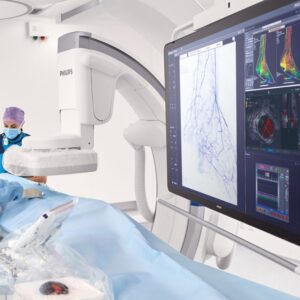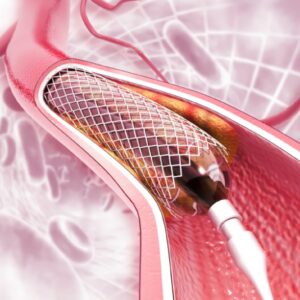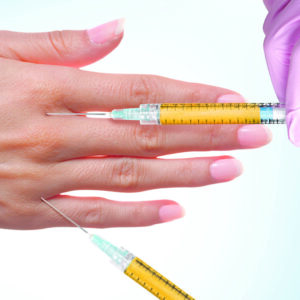Please note all prices are just for operational fees and without used supplies & devices .
Average non-surgical (medical) treatment fees for International Patients department.
| No. | Service | Price |
|---|---|---|
| 1 | General Wards (per night) | 300$ |
| 2 | Intensive Care Unit (per night) | 500$ |
| 3 | Chemothrapy per night | 100$ |
From: 750.00$
From: 750.00$
The Iran Health Clinic is a reputable medical center that specializes in providing advanced fat transfer treatment to its patients. With a team of experienced doctors who have been trained in the latest fat transfer techniques, the clinic is committed to delivering high-quality care that is tailored to meet the unique needs of each patient.
Using state-of-the-art technology and equipment, the clinic can perform fat transfer procedures that are safe, effective, and minimally invasive. Whether you are looking to restore volume to your face, increase the size of your breasts, or enhance your buttocks, the Iran Health Clinic can help you achieve your desired results.
With a warm and welcoming environment, the clinic strives to make every patient feel comfortable and relaxed throughout their entire treatment process. If you are looking for a trusted medical center for your fat transfer needs, then the Iran Health Clinic is the right choice for you.
Elbow arthrotomy is a surgical procedure that involves making an open incision into the elbow joint to diagnose or treat joint issues. This procedure is often used to remove loose bodies, drain infections, or perform a synovectomy (removal of inflamed synovial tissue).
During an elbow arthrotomy, the patient is placed under general anesthesia. The surgeon makes an incision over the elbow to access the joint. Depending on the underlying issue, the surgeon may:
| Country | |
|---|---|
| City | |
| Hotel | |
| Visa | |
| Transfer | |
| Translator | |
| Insurance | |
| Stay at Hotel | |
| Stay at Hospital | |
| City Tour | |
| Language |
Only logged in customers who have purchased this product may leave a review.






Reviews
There are no reviews yet.